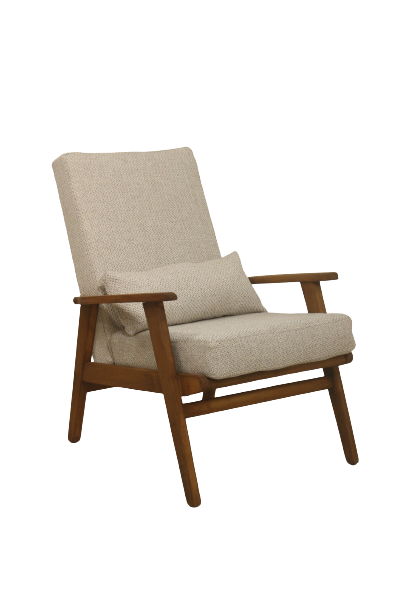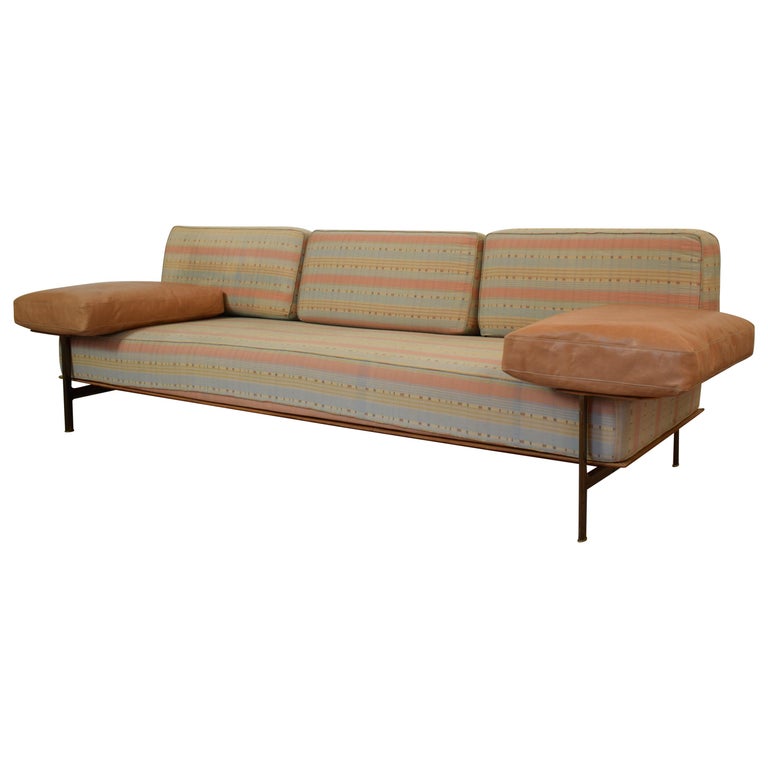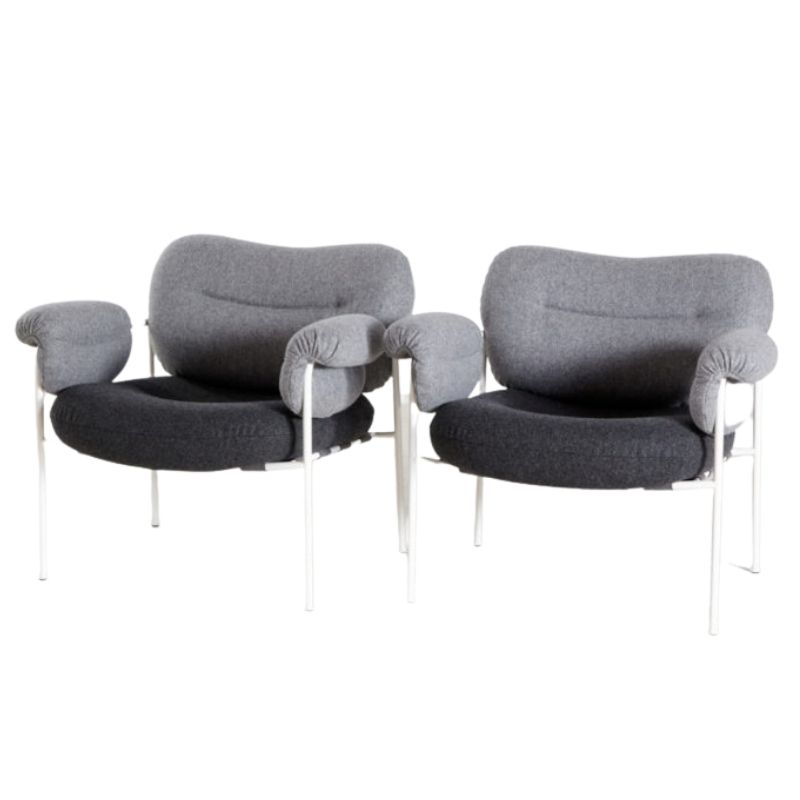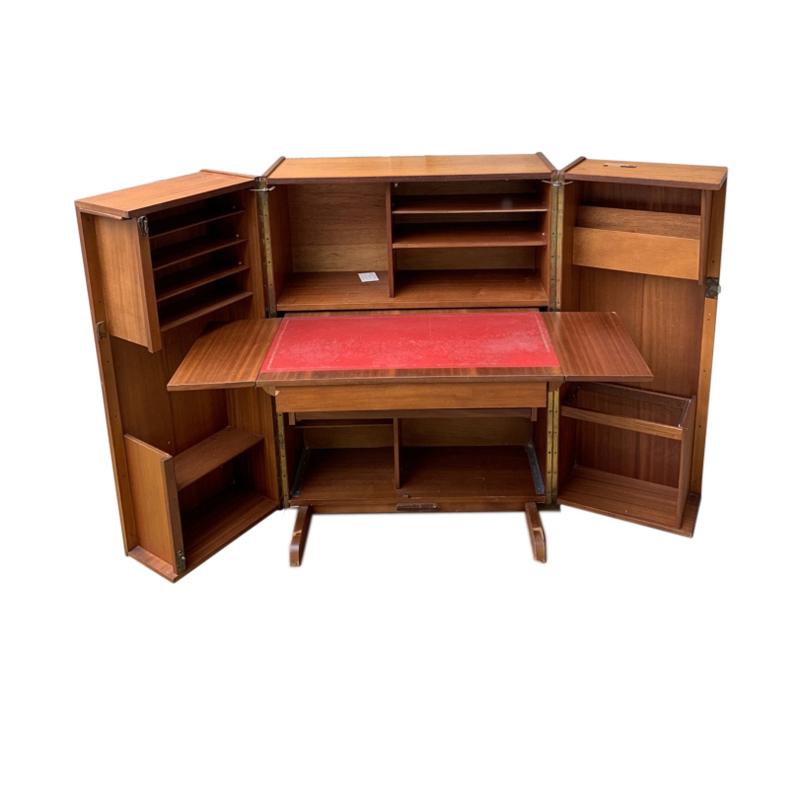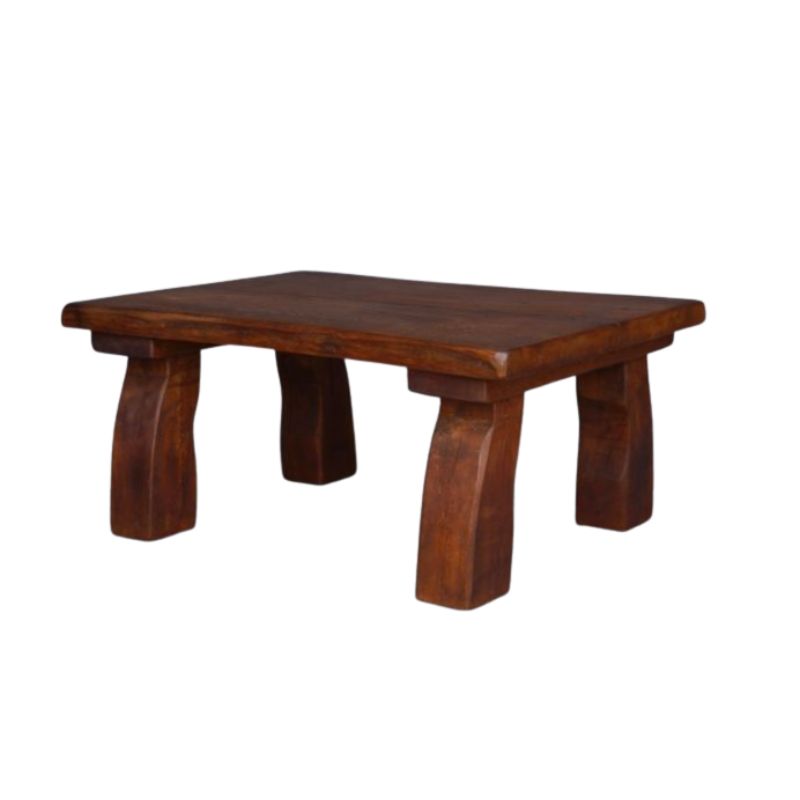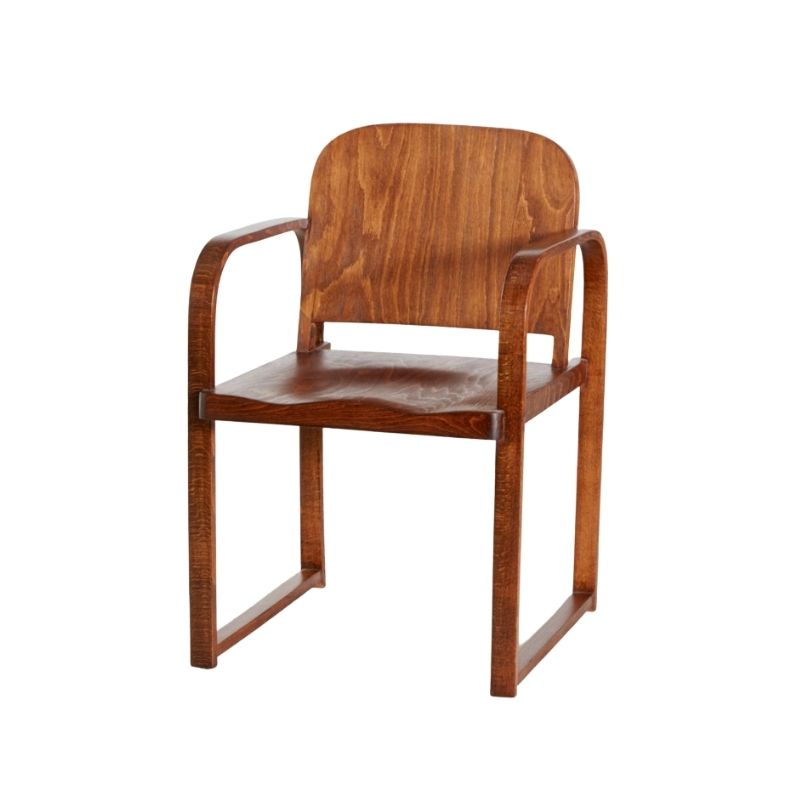Hi,
I purchased this chair in 2010 from a dealer in Australia and I was wondering if any of the Robin Day experts could tell me anything about it's origins. It's a 658 Festival Hall lounge chair in rosewood with no padding and stamps for Hille and John Stuart ( U.S. Stockist).
It originally came from the U.S. I suspect it was a custom piece that may have been created for an exhibition or customer in the U.S.
I have included a link to the original auction, which has many detailed pics. Be interested to hear your thoughts.
I have posted this chair before, but after almost a year of searching I still don't know much about this early Robin Day chair. Your advice is always appreciated.
Cheers,
Dean
http://reformgallery.1stdibs.com/store/furniture_item_detail.php?id=88368

robin day chair
Hi there,
I too won one of these beautiful chairs. Amazing to think one has got all the way over there. I spent a lot of time researching it and trying to get another one. I found mine in a pretty sorry state in a shop in London and had it full restored, wood, upholstery everything and now it has prode of place in my sitting room.
When the seating was removed mine had the marks XX on it suggesting that it was number 20 in the manufacturing line. Through speaking to various dealers my conclusion is that about 50-60 at most were made. They were originally in the lounge area at the royal festival hall. I actually spoke to the archivist at the RFH about a year ago to find out if there were anymore and if any had been stored in the RFH archives but they never got back to me.
I also spoke to the head of modern furniture at Christie's at the time and he told me that this chair would be definitely in the higher ranks of the ten most important pieces of furniture of the 1950s coming out of the UK.
Hope this helps!
Cheers,
Patrick
Thanks Patrick
I just saw your post today. I was under the impression that all the chairs made for Festival Hall in 1951 had copper plated legs and were produced by Dare-Inglis Products Ltd and Alesbury Bros Ltd. This would suggest that the Hille models came after 1951, but all the 658 lounge chairs seem to have padded backs. I can only presume that my chair was a custom order but it would be great to know more about this unusual version of the 658 lounge chair. Any ideas design experts?
Can you please post a pic of your chair Patrick, would love to see it.
I really appreciate you taking the time to reply.
Cheers,
Tick.
.
Usually bent ply will spring back a little after removing from the press but occasionally for no reason I've ever understood you'll get a shell that will spring inwards.
An image search shows some are 90 deg, others not. Perhaps it has something to do with the moisture content of the plies, pressing time or a miscalculation/overcompensation making the moulds.
Interiors October 1951
Check out the Fantasia Britannica article on page 98 of the October 1951 issue of Interiors, especially pages 102 and 105 where this Robin Day chair design is specifically mentioned.
"Robin Day's plywood, steel, and foam stacking
chair is imported by John Stuart Inc. to this
country in several versions, but its handsome
appearance in the actual setting of the spacious
Regatta Restaurant is worth a photo (below)." - page 105
Lucky happenstance
I have been digitizing my reference library, a task which I anticipate completing sometime in the next decade or so, and chance had it that I remembered your req for info while I was scanning the October 51 issue of Interiors.
So I am glad I could be of some small service.
If you provide me an e-mail address I could easily send you the scanned pages of this article.
Robin Day question....?
I don't know a great deal about Robin Day but I've gotten the impression that he's as highly regarded in the UK as the Eames are in the US. Am I correct in saying this?
That said, based on the handful of designs that I'm familiar with, I have never been impressed by anything I've seen of his. In fact what I've seen doesnt seem to have that quality or refinement that would merit the amount of respect his designs get. Again, I am not a Robin Day expert, but his designs seem to be heavily influenced by other known designers. Am I being unresonable in saying this?
Austerity and modernism
I think it's important to look at the work of Robin Day within the context of a post-war Britain that was emerging from austerity measures brought about by WWll. Whether it's Frank Guille's work for Kandya, Ernest Race's unicorn chair or Robin Day's 658 lounge chair, these designs offer the promise of optimism. They may be a little clunky or unresolved, the materials may be less than luxurious, but too me they are quietly magical.
If you need any help, please contact us at – info@designaddict.com



